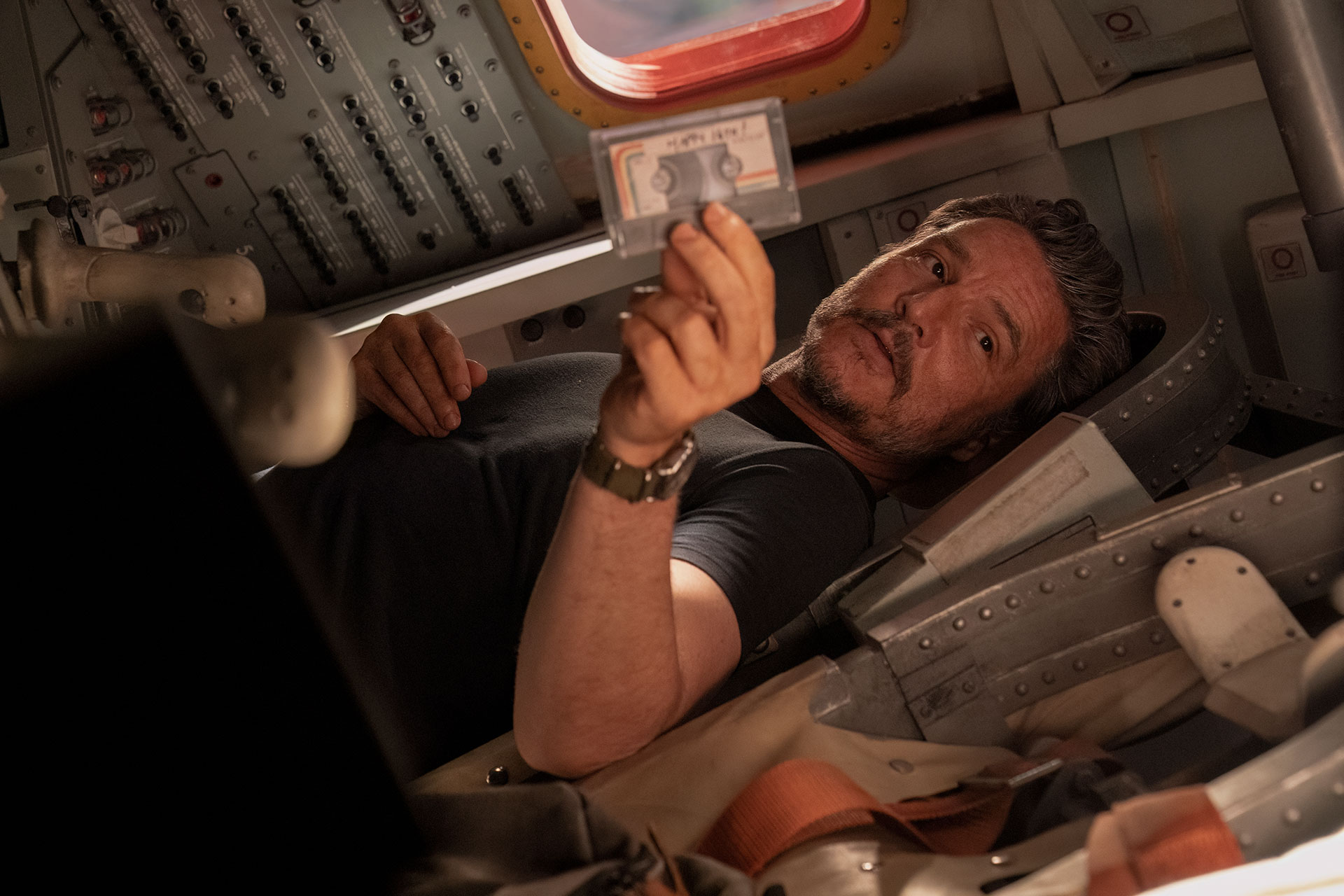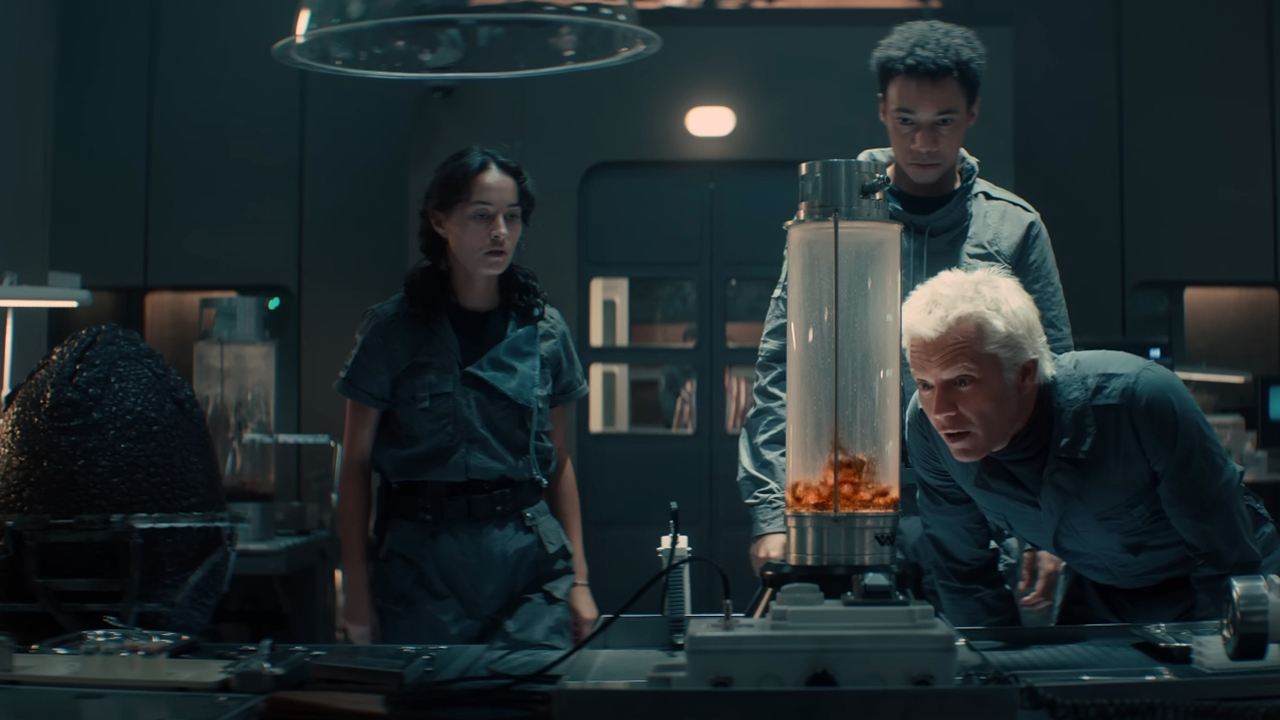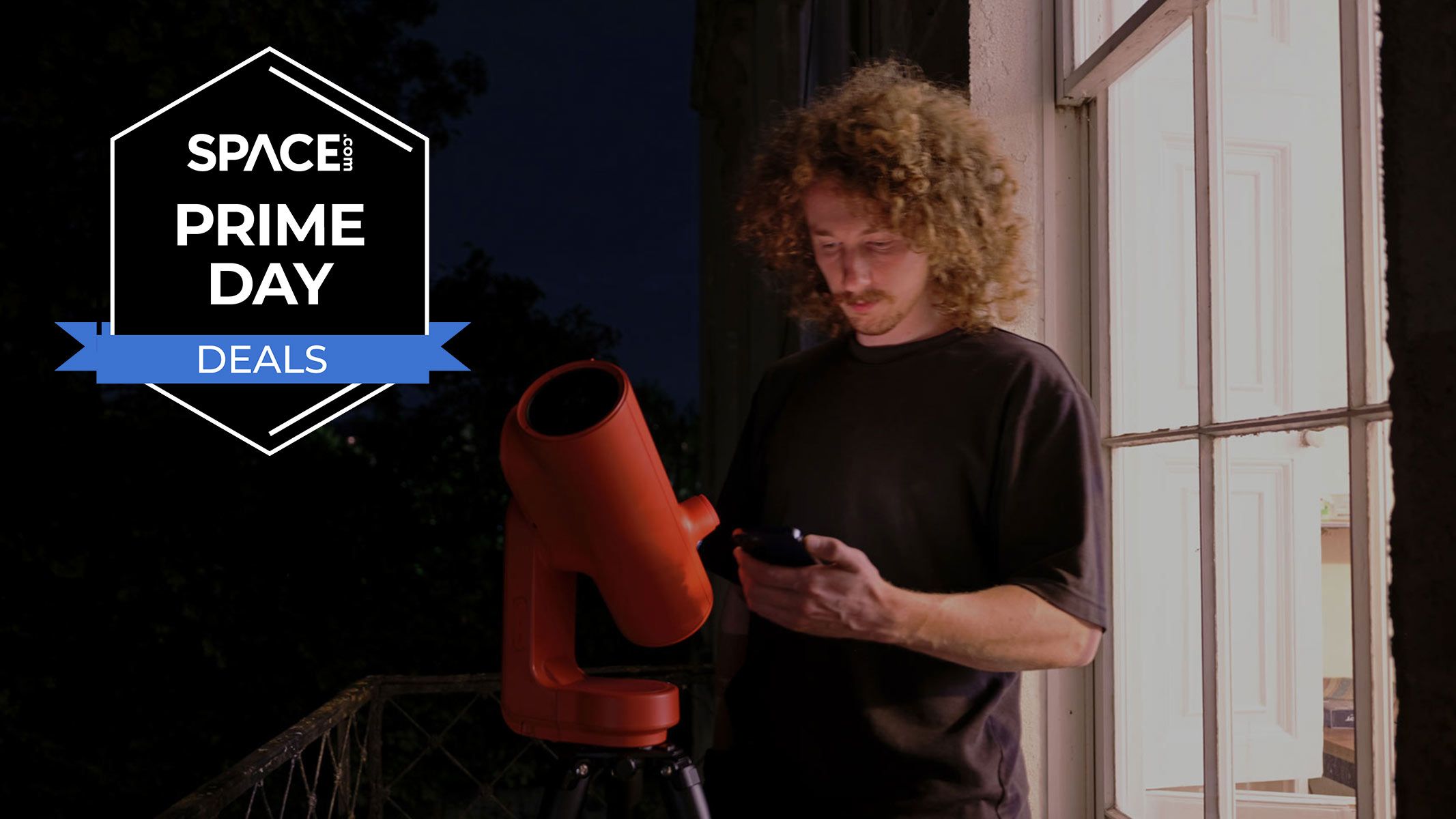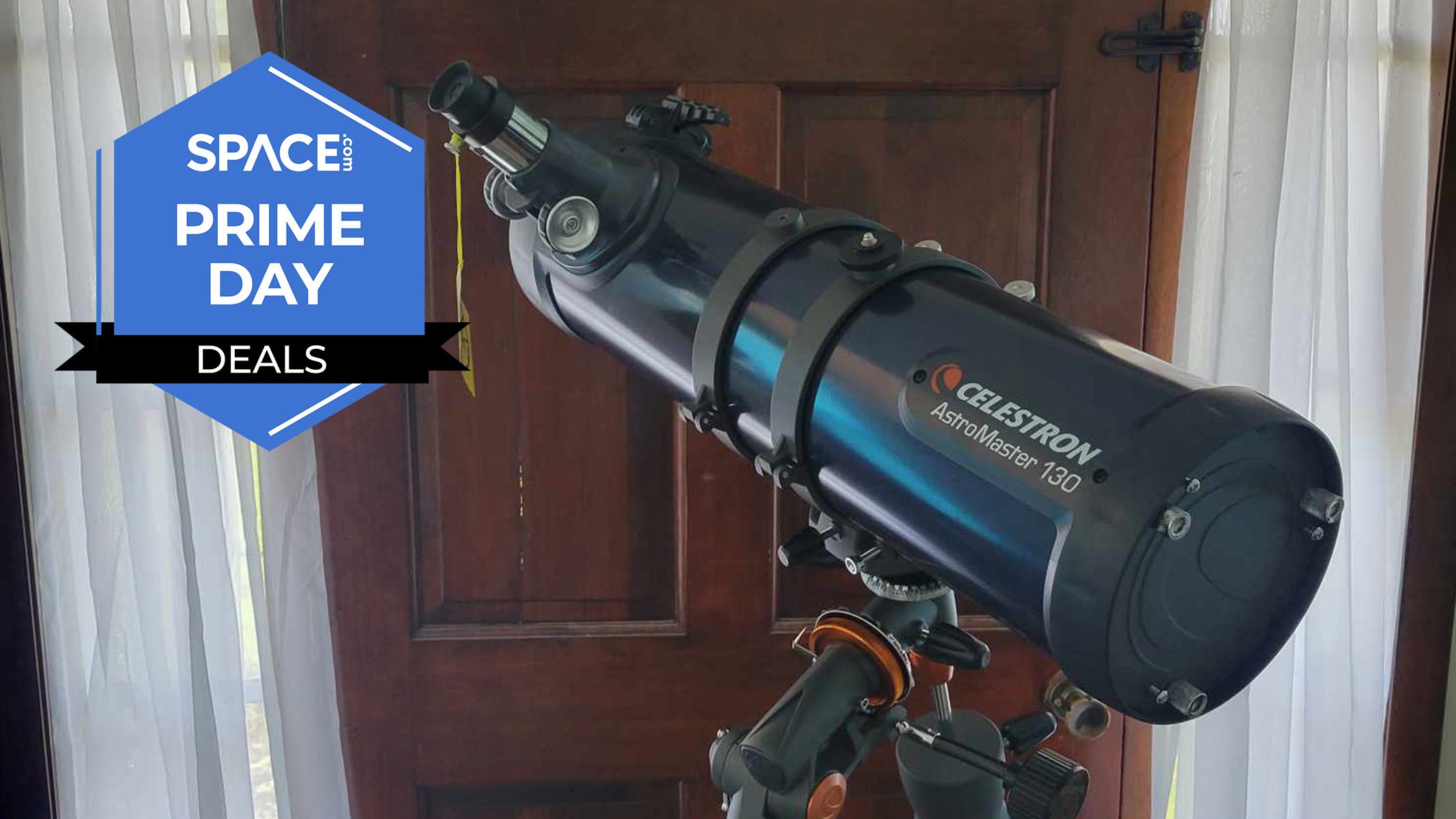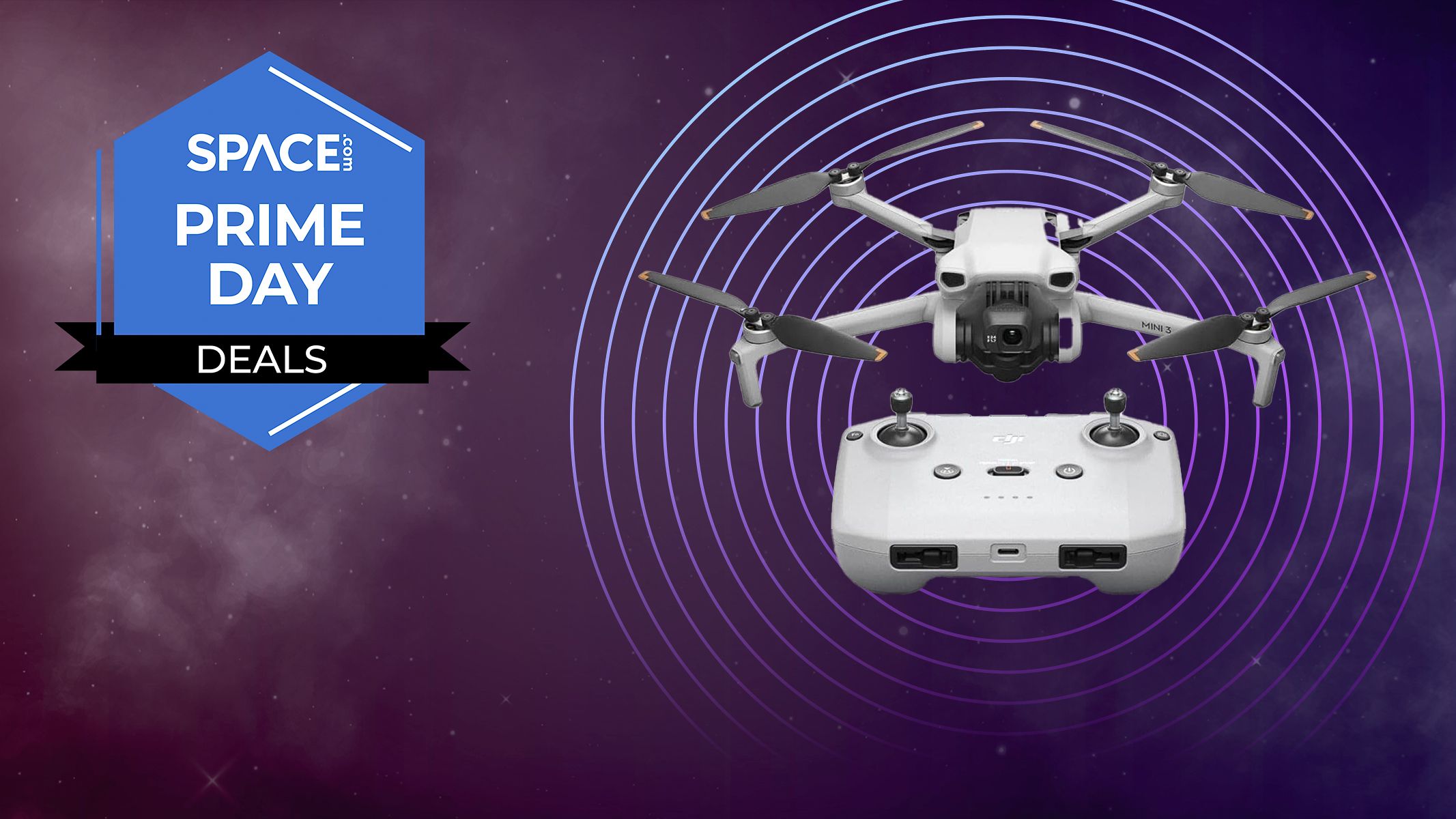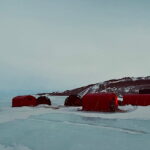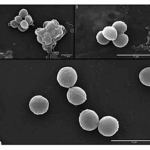Want to see Starz? That’s where this rather cool HBO Max / Starz Prime Day deal comes in, saving you 25% on a monthly subscription to both services. Between the
space.com61- Page
Prime Day is nearly over, so if you’re looking to stock up on Lego, now’s your last chance to take advantage of these deals. From Star Wars to the Avengers
“In space,” some marketing genius once said, “no one can hear you scream”. Bring the Xenomorph and its associated ecosystem back home, however — as “Alien: Earth” so memorably has
Amazon Prime Day in October is almost over, but these hot telescope deals are still active. There is something for everyone here, whether you are a beginner stargazer or a
Now is your last chance to save 30% on the Lego Star Wars Grogu with Hover Pram set, ahead of next year’s The Mandalorian movie, as Prime Day in October
Looking to get into skywatching, but aren’t sure which telescope to buy? Celestron’s Astromaster 130EQ Newtonian reflector telescope is a solid foothold for would-be astronomers. Ideal for surveying the solar
Amazon’s Prime Day in October is on its final day and this deal is a scorcher. The Celestron Inspire 100AZ is at its cheapest price since May. It’s a great
Blue Origin launched its 15th space tourism flight today (Oct. 8), sending six people on a brief trip to the final frontier, including a mystery passenger who only revealed his
DJI is renowned for producing some of the best drones on the market, and the vast DJI range dominates our best drones buyers guides. The DJI Mini 3 is our
If you missed the moon passing in front of the Pleiades this past January, February and July, the next show for North America comes our way on Thursday night, Oct.
-
 012024 in Review: Highlights from NASA in Silicon Valley
012024 in Review: Highlights from NASA in Silicon Valley -
 02Panasonic Leica Summilux DG 15mm f/1.7 ASPH review
02Panasonic Leica Summilux DG 15mm f/1.7 ASPH review -
 03How New NASA, India Earth Satellite NISAR Will See Earth
03How New NASA, India Earth Satellite NISAR Will See Earth -
 04And Thus Begins A New Year For Life On Earth
04And Thus Begins A New Year For Life On Earth -
 05Astronomy Activation Ambassadors: A New Era
05Astronomy Activation Ambassadors: A New Era -
06SpaceX launch surge helps set new global launch record in 2024
-
 07Space Force plans new ‘Futures Command’ amid pressure to speed up modernization
07Space Force plans new ‘Futures Command’ amid pressure to speed up modernization


